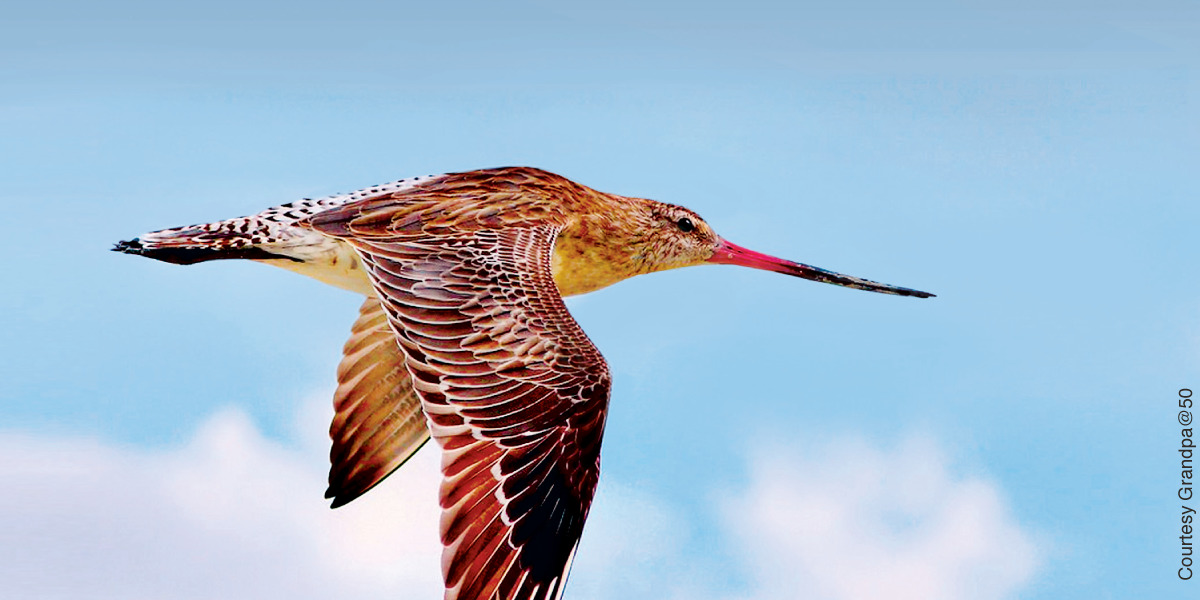
THE bar-tailed godwit makes one of the most amazing migrations known to man. The bird’s 7,000-mile (11,000 km) journey can take more than eight days.
Researchers speculate that some types of birds use the earth’s magnetic field for navigation, as if they had a compass built into their brain. It is possible
that the godwit additionally navigates by means of the sun by day and the stars by night. It seems that the godwit can also sense upcoming storm systems that could allow it to benefit from tailwinds. Still, the details of just how these birds make their incredible journey baffle experts.